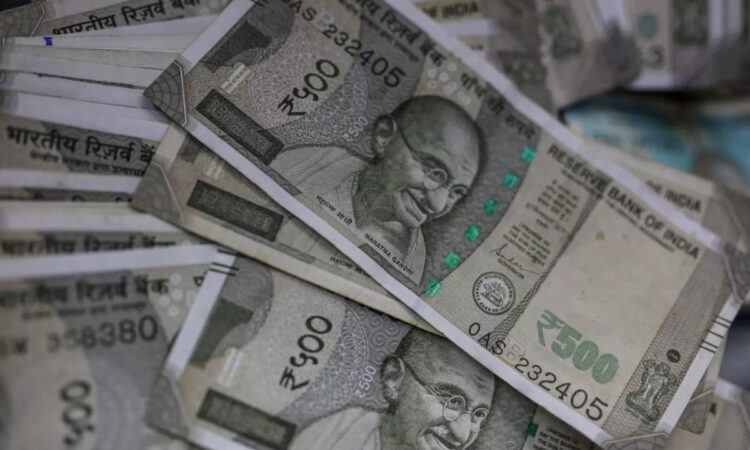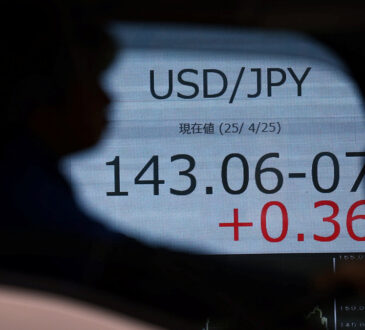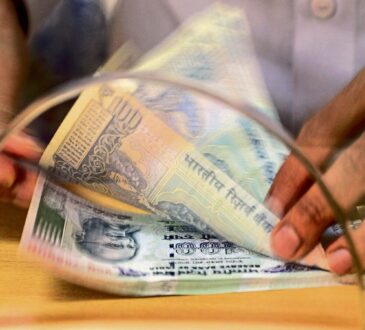
MUMBAI: The domestic currency outperformed other emerging market currencies this year, buoyed by lower crude oil prices, the practice of purchasing crude in rupees, and strong services exports that have helped maintain a manageable current account deficit. Additionally, the anticipation of significant foreign capital inflows, driven by the inclusion of Indian govt bonds in global indices, has further bolstered the local currency.
In 2024, the rupee, along with the Mexican peso, are among the only major emerging market currencies to have gained against the dollar, registering a 0.6% increase. In contrast, the Thai baht, South Korean won, Taiwanese dollar, and Malaysian ringgit have weakened by 4.5%, 4%, 3.2%, and 2.6%, respectively.
“Resilient domestic growth, combined with a manageable trade deficit, has been supporting the strength of the rupee,” said Aditi Gupta, economist at the Bank of Baroda, in a recent report. “This strength is further supplemented by robust foreign inflows, particularly in the debt segment. We anticipate this trend to continue into March ’24.”
According to a report by ICICI Securities Primary Dealership, RBI has many reasons to allow the rupee to strengthen in the coming weeks.
In 2024, the rupee, along with the Mexican peso, are among the only major emerging market currencies to have gained against the dollar, registering a 0.6% increase. In contrast, the Thai baht, South Korean won, Taiwanese dollar, and Malaysian ringgit have weakened by 4.5%, 4%, 3.2%, and 2.6%, respectively.
“Resilient domestic growth, combined with a manageable trade deficit, has been supporting the strength of the rupee,” said Aditi Gupta, economist at the Bank of Baroda, in a recent report. “This strength is further supplemented by robust foreign inflows, particularly in the debt segment. We anticipate this trend to continue into March ’24.”
According to a report by ICICI Securities Primary Dealership, RBI has many reasons to allow the rupee to strengthen in the coming weeks.
add a comment




